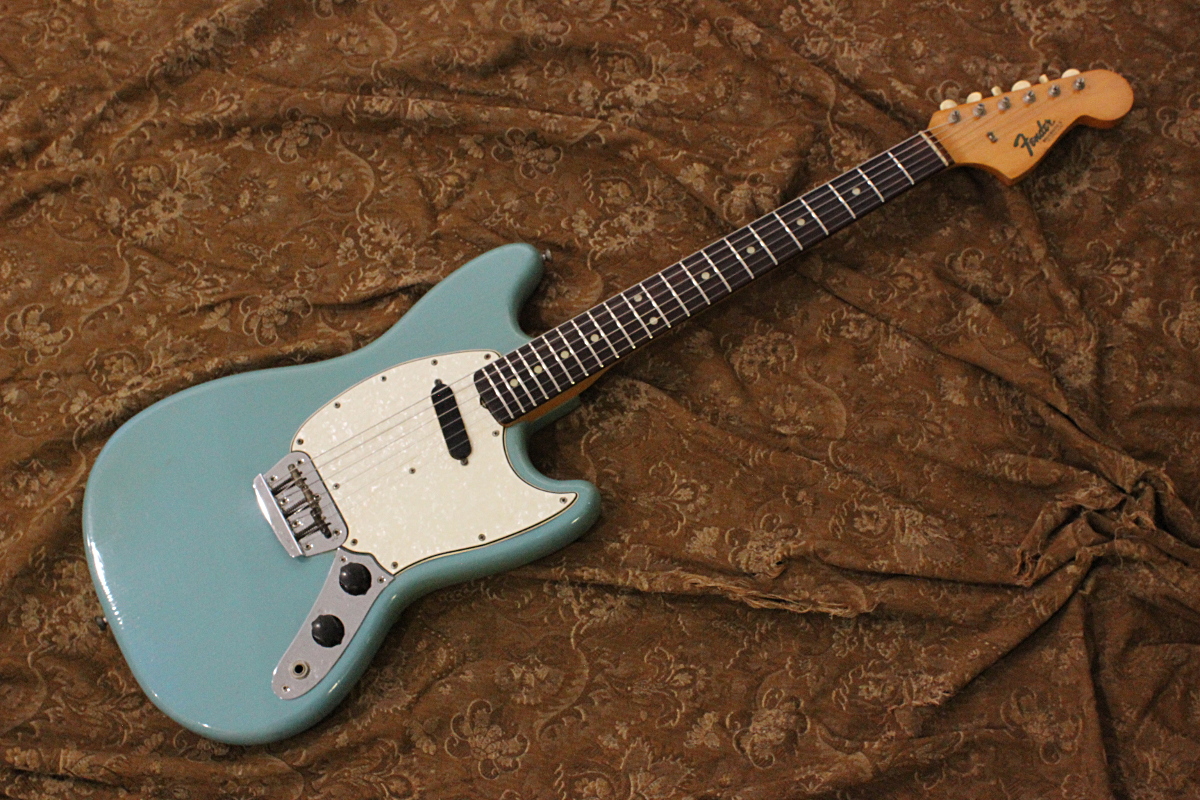

Even Richard Smith’s astonishing “Fender: The Sound Heard ‘round the World” spares only a few paragraphs to the student guitars. Unfortunately, extensive interviews with, and even full-length books from the key players involved (Messers Fender, Hyatt, Randall, Tavares, White and Fullerton) fail to shed much light on the inception of these guitars. They were certainly one busy little company in the mid 1950s when, surveying their electric guitar line-up, they decided to add a low-end instrument to accompany their mid-priced workhorse Telecaster guitar and the high-end Stratocaster.īy all accounts the research and development of Fender’s 3/4 size guitars (the one pickup Musicmaster and the two pickup Duo-Sonic) went very quickly.
#1967 fender musicmaster ii update#
And right around the corner would be an update project for the P-Bass, the introduction of their electric Mandolin, and the development of the successor to the Strat, the radical Jazzmaster. While all this was going on, Fender refined and added to their amplifier and steel guitar line as well. They next released the Precision Bass, and followed that up with the Stratocaster. Fender established their presence in the electric (solid) guitar field at the start of the decade with the relatives of the Telecaster. To understand Fender’s introduction of the 3/4 scale Musicmaster and Duo-Sonic guitars in the mid 1950s it is necessary to look at the aggressive development and marketing strategy of Fender Electric Instruments at the time.

(This article originally appeared, in a somewhat different form, as a two-part article in 20 th Century Guitar Magazine, December 1996 and January 1997) The brief but interesting history of the 22.5 inch scale-length Musicmaster & Duo-Sonic, the descendant Mustang, and the swan song Swinger.


 0 kommentar(er)
0 kommentar(er)
